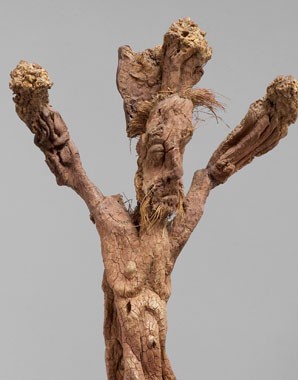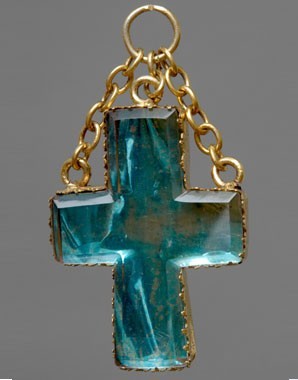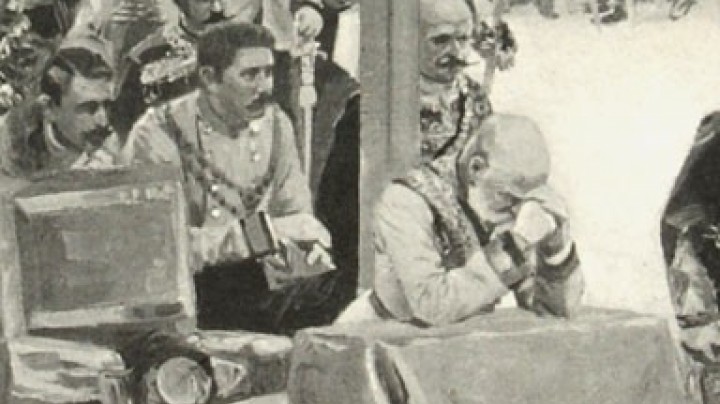Hosts, patron saints and books of miracles. White magic for Christians
Magical powers and folk rituals dominated everyday life among the common people, and many of these rites were integrated into the canon of the Roman Catholic Church.
The late Middle Ages and early modern era were times of great religious piety in which Christian teaching and the Church played an important role. The everyday life of the common people was however still dominated by rituals of popular belief: people went to church rather irregularly, while they clung to symbolic rituals such as the wearing of magical items (for example amulets to ward off evil), indicating how deeply magical rituals and the like were embedded in vernacular culture.
During the Counter-Reformation the Roman Catholic Church prohibited the use of such heathen objects, as well as the consumption of heretical literature, offering the people ‘white’ and therefore legitimate magic instead. A mixture of piety and superstition was intended to lead to a new religiosity, and rosaries as well as the worship of hosts and saints, especially patron saints, became an integral part of the Catholic doctrine of faith and salvation.
People hoped for miracles, brought about with divine assistance to alleviate the travails of earthly existence. However, a strict division between profane and sacred culture was rather slow to emerge. This can be observed in the way magical properties were still ascribed to the communion host or consecrated wafer, which was therefore frequently purloined from churches and administered to man and beast. Moreover, popular Hausväter literature was sprinkled liberally with instructions for forecasting the weather and interpreting dreams alongside more profane matters such as advice on housekeeping or animal husbandry. Books of miracles were also published to cement Christian belief more firmly, containing reports that provided ‘evidence’ of earthly misfortunes having been banished through true devoutness and the veneration of saints. Printed publications on the history of such devoutness also included treatises on how people possessed by the devil were to be saved. In contrast to witch hunting, which was carried out with the participation of the secular authorities, exorcisms were the exclusive preserve of the Church. A rather spectacular case was recorded in Vienna in 1583: a sixteen-year-old girl, in all likelihood suffering from epilepsy, was rid of a total of 12,562 demons, including even the teacher of Luther himself – or so the exorcist, Jesuit Georg Scherer, was convinced.


















